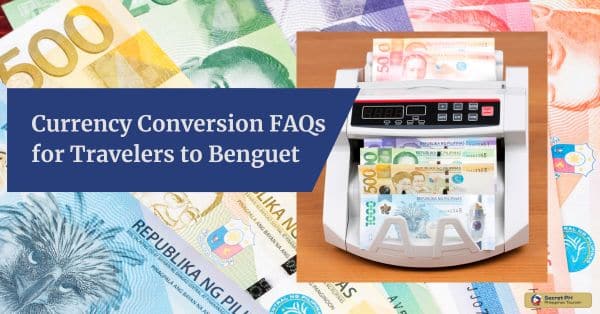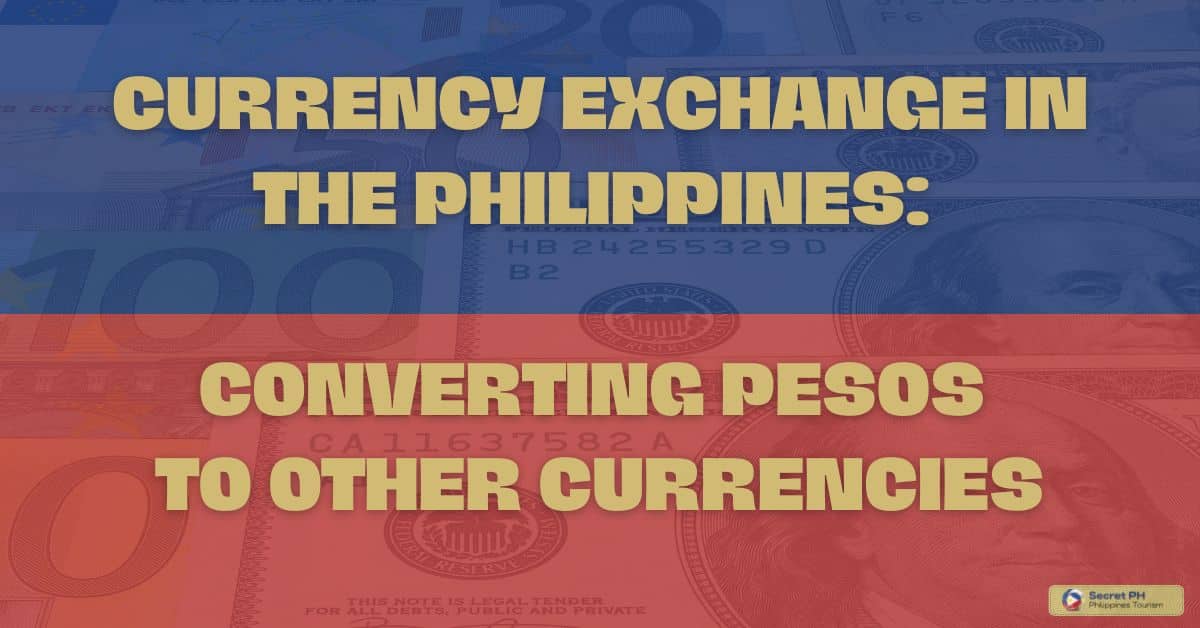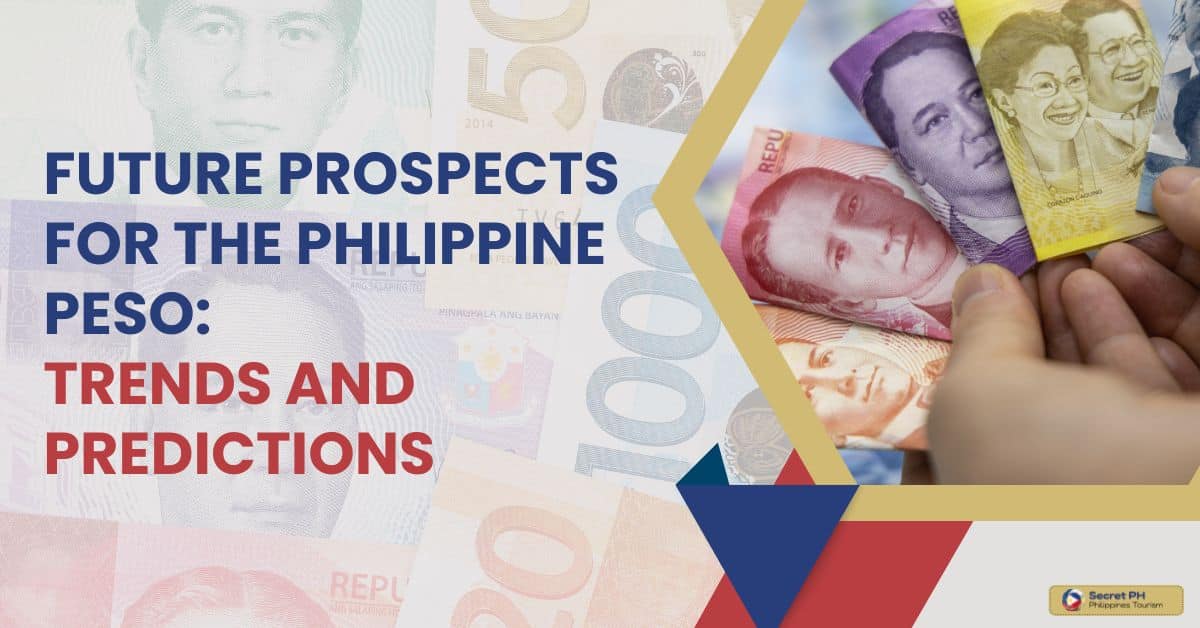Understanding currency conversion can be an intimidating task for travelers or businesses setting up shop abroad.
Exchanging currency can be a daunting task, especially when dealing with foreign currencies like the Philippine Peso. However, with the right knowledge and strategies, you can save money and make sure that you get the best exchange rate possible.
From establishing a budget while converting your money to conducting quality exchanges when it’s time to go home, this guide has it all.
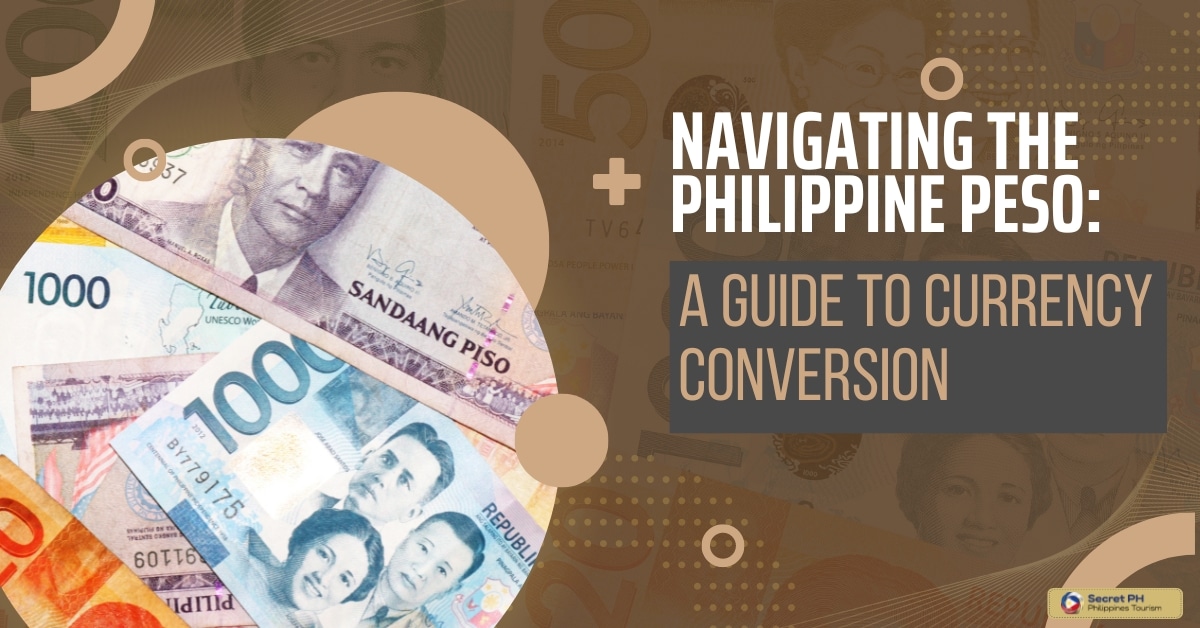
Understanding the Philippine Peso and its Exchange Rate
Understanding the Philippine Peso and its Exchange Rate is important for anyone traveling to or doing business in the Philippines.
The Philippine Peso (PHP) is the official currency of the Philippines and is represented by the symbol “₱”. The exchange rate is the value at which one currency can be exchanged for another currency.
The Philippine peso exchange rate fluctuates daily, and it is determined by supply and demand in the foreign exchange market.
The exchange rate can be influenced by factors such as economic growth, inflation, and political stability. A stronger Philippine economy and lower inflation can lead to a stronger peso and a more favorable exchange rate for foreign currency.
It’s also important to note that the exchange rate for buying or selling the Philippine peso in cash form is different than the exchange rate for electronic transfers or credit card transactions which can have a different exchange rate and additional fees.
It is advisable to check the current exchange rate before any currency conversion to have an idea of how much the peso is worth in comparison to your own currency.
It’s also important to monitor the exchange rate for any significant changes that may affect your conversion.
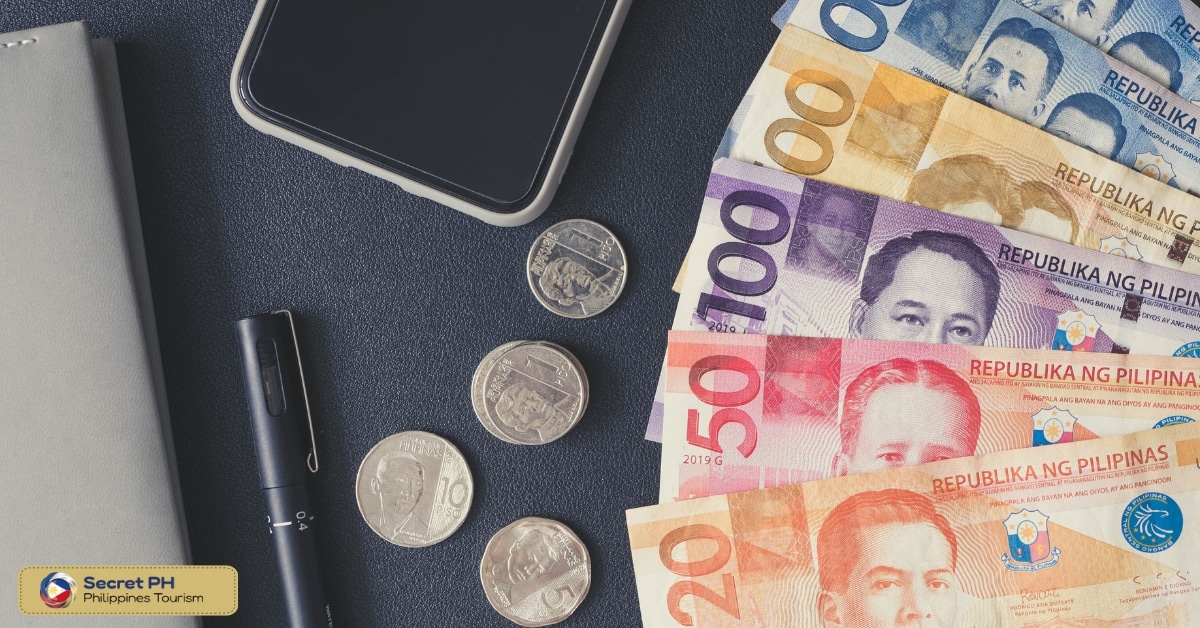
History of the Philippine Peso
The Philippine Peso (PHP) has a rich history that spans over a century. The Philippines was a Spanish colony for more than 300 years, and during that time, the Spanish peso was used as the official currency.
After the Philippines gained independence from Spain in 1898, the Philippine peso was introduced as the new official currency.
The first Philippine peso was introduced in 1852, during the Spanish colonial period, it was equivalent to 8 reales (a Spanish coin) and was divided into 100 centavos.
The peso was pegged to the US dollar at a rate of 2:1, meaning that one US dollar was equal to two Philippine pesos.
After the Philippines gained independence from the US in 1946, the peso was allowed to float against other currencies. However, the peso was pegged to the US dollar again in 1949 at a rate of 2:1, a rate which remained in effect until the early 1960s.
In the 1960s and 1970s, the Philippine peso experienced significant devaluation due to economic instability and high inflation.
The central bank implemented a series of measures to stabilize the currency, including devaluation, foreign exchange controls, and the introduction of new banknotes.
The Philippine peso has been through many changes, including the introduction of new banknotes and coins, the removal of certain denominations, and the floating of the exchange rate. The current exchange rate is determined by supply and demand in the foreign exchange market.
In recent years, the Philippine peso has been relatively stable, with a slight depreciation against the US dollar.
The Central Bank of the Philippines continues to closely monitor the exchange rate and take measures to stabilize the currency as needed.
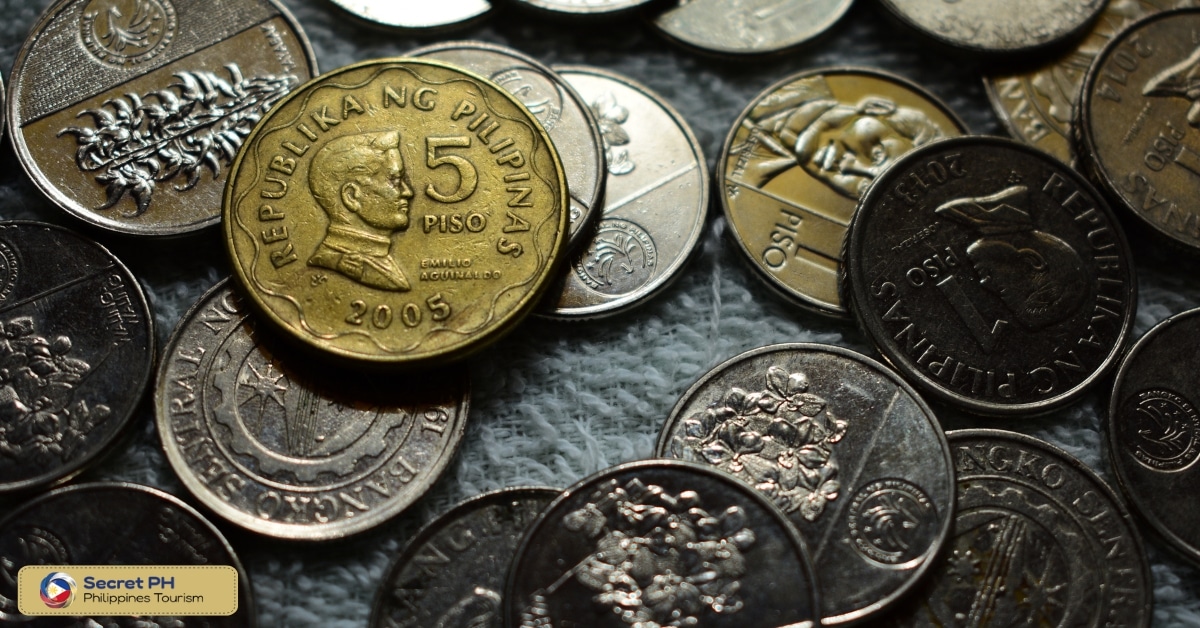
How to Convert Your Currency to Philippine Peso
Converting your currency to Philippine Peso (PHP) is an important step when traveling or doing business in the Philippines. There are several ways to convert your currency, including using banks, currency exchange centers, credit or debit cards, and ATMs.
u
Here’s a step-by-step guide on how to convert your currency to PHP:
Check the current exchange rate
Before converting your currency, it’s important to check the current exchange rate to have an idea of how much the PHP is worth in comparison to your own currency. You can check exchange rates online or at a currency exchange center.
Decide on the method of conversion
There are several ways to convert your currency, including using banks, currency exchange centers, credit or debit cards, and ATMs. Each method may have different exchange rates, fees, and limits, so it’s important to compare them before proceeding with the conversion.
Convert your currency
Once you have decided on the method of conversion, you can proceed with the conversion. For example, if you choose to convert your currency at a bank, you can visit any branch and present your passport, along with the currency you wish to convert. They will give you the equivalent amount in PHP.
Record the transaction
Keep a record of the transaction, including the exchange rate, the amount of currency you converted, and any fees or charges that may apply. This will help you keep track of your expenses and ensure that you are getting the best exchange rate possible.
Keep a small amount of local currency
Have a small amount of local currency on hand for emergencies or small purchases, even if you plan to use your credit or debit card for most transactions.
Be aware of the security risks when converting your currency, and be cautious of counterfeit money and other scams.
It’s best to use a reputable bank or money changer and to keep a record of all your transactions.
There are several ways to convert your currency to Philippine Peso (PHP) when traveling or doing business in the Philippines. Below are some common methods of currency conversion, along with their pros and cons:
| Method | Pros | Cons |
|---|---|---|
| Currency exchange at a bank | Secure, reliable, and widely available | Usually offers lower exchange rates than other methods |
| Currency exchange at an airport or hotel | Convenient, open longer hours | Usually offers lower exchange rates than other methods and may charge additional fees |
| Currency exchange at an independent money changer | Competitive exchange rates, fast and efficient service | Not all money changers are reliable and may charge additional fees |
| Using credit or debit cards | Widely accepted and eliminates the need to carry large amounts of cash | May be subject to foreign transaction fees and dynamic currency conversion fees |
| Using ATMs | Convenient and widely available | May be subject to foreign transaction fees and dynamic currency conversion fees |
Common Mistakes to Avoid When Converting Currency
When converting currency, it’s important to be aware of potential mistakes that could cost you money. Here are some common mistakes to avoid when converting currency:
1. Not checking the exchange rate: Not checking the current exchange rate before converting your currency can lead to getting a bad exchange rate. Make sure to compare rates from different sources and providers to ensure you’re getting the best deal.
2. Not comparing fees and charges: Each method of currency conversion may have different fees and charges, such as commission, service fees, or dynamic currency conversion fees. Make sure to compare these fees and charges when deciding on the method of conversion.
3. Not keeping records: Keep a record of the transaction, including the exchange rate, the amount of currency you converted, and any fees or charges that may apply. This will help you keep track of your expenses and ensure that you are getting the best exchange rate possible.
4. Not being aware of the security risks: Be aware of the security risks when converting your currency, and be cautious of counterfeit money and other scams. It’s best to use a reputable bank or money changer and to keep a record of all your transactions.
5. Not being aware of dynamic currency conversion: Some merchants or ATMs may offer you the option of paying in your own currency, known as dynamic currency conversion. This service can be more expensive than paying in the local currency, so it’s best to decline the offer and pay in the local currency.
6. Not having enough local currency for emergencies: Having a small amount of local currency on hand for emergencies or small purchases is important, even if you plan to use your credit or debit card for most transactions.
By being aware of these common mistakes and taking steps to avoid them, you can ensure that you’re getting the best exchange rate and minimizing any additional costs when converting currency.
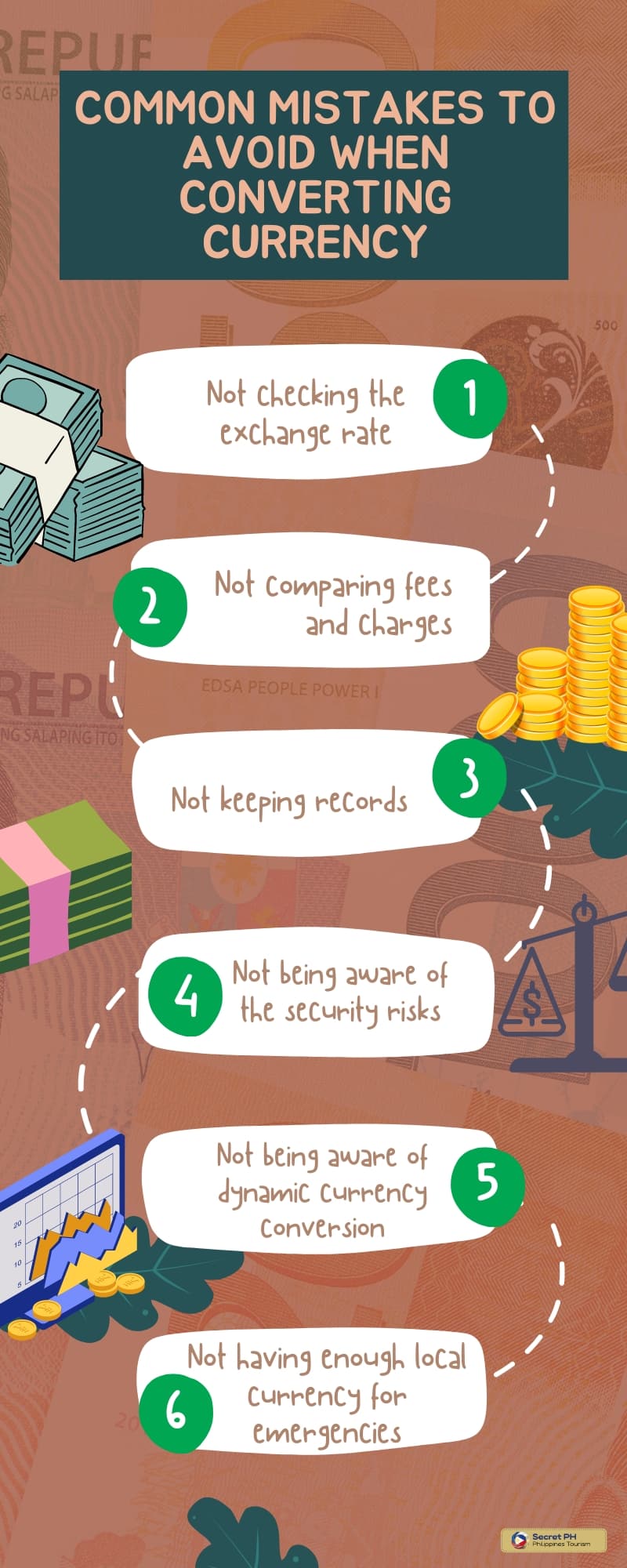
In conclusion
Ultimately, navigating the Philippine Peso can have a great impact on your international money transfers. With this guide to currency conversion, you can save time and money while making sure that you get the most out of every transaction.
Moreover, once you become knowledgeable about exchange rates, you may even be able to make informed decisions to further increase your savings.
Whether it’s for personal or business purposes, now is the perfect moment for everyone to take advantage of all the benefits offered by dealing in Philippine pesos. So start educating yourself now and look forward to fast, safe, and reliable transfers!

